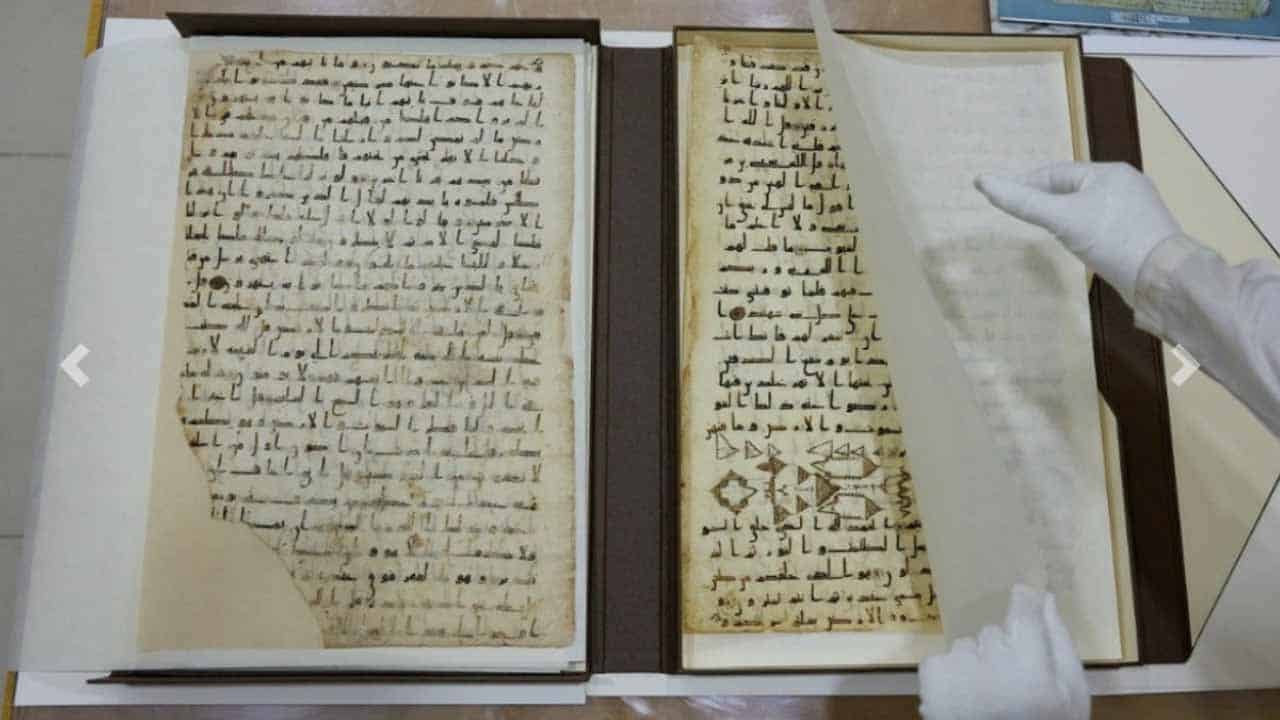One of the historic treasures on display at a new exhibition at the Louvre Museum in Paris are pages from one of the earliest Holy Qurans that still exist.
“The Splendours of Uzbekistan’s Oases” features more than 170 works offering a glimpse into the country’s past, including celebrated wall paintings, Buddhist sculptures and everyday items belonging to ancient civilizations.
Archaeologist Rocco Rante, who has been conducting excavations in Uzbekistan’s Bukhara Oasis since 2009, is a co-curator of the exhibition. According to CNN, the region was formerly a significant stop on the Silk Road trade route that connected the Mediterranean to the Far East hundreds of years ago and travelled through modern-day Uzbekistan.
Two pages from the Katta Langar Holy Quran, one of the oldest surviving Quran manuscripts in existence and dating to the early years of Islam, are the main draw. It was preserved for many years in a mausoleum in a small community situated on a mountain.
“With the help and support of our Uzbek colleagues, we brought to light and restored one of the most ancient Qurans from the 8th century, which is a huge discovery,” Rante said.
Visitors to the exhibition are taken on a political and historical trip through 1,600 years of Uzbek life, beginning in the first century BC. The exhibition was developed in collaboration with the Louvre Museum and Uzbekistan’s Art and Culture Development Foundation.
The exhibition’s focus is on artefacts discovered along the Silk Road, according to Yannick Lintz, co-curator and former director of Islamic Art at the Louvre.












